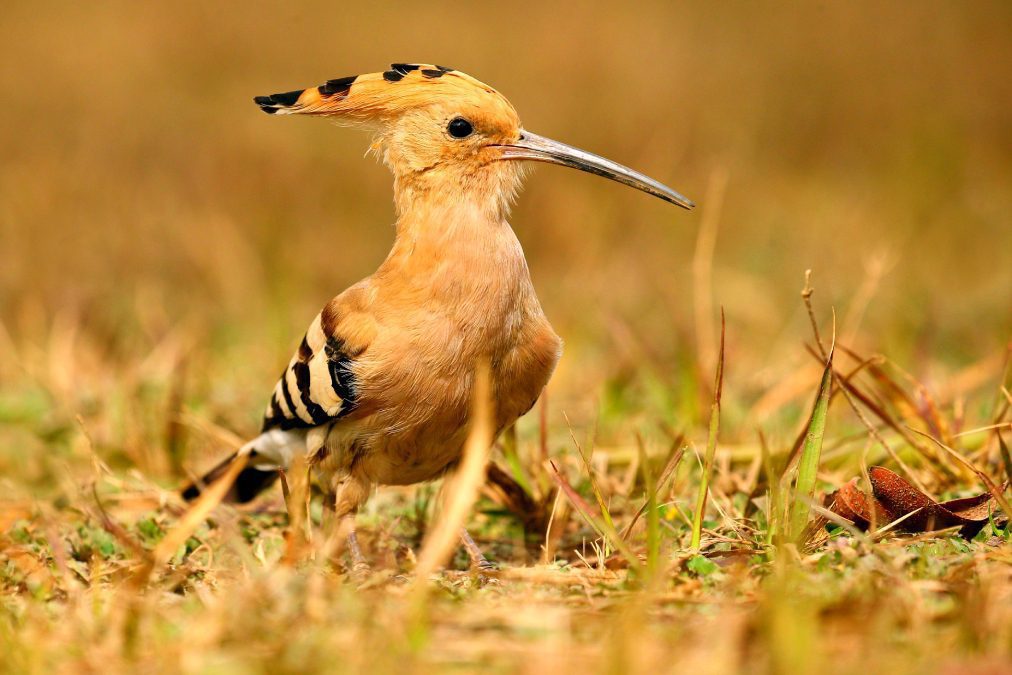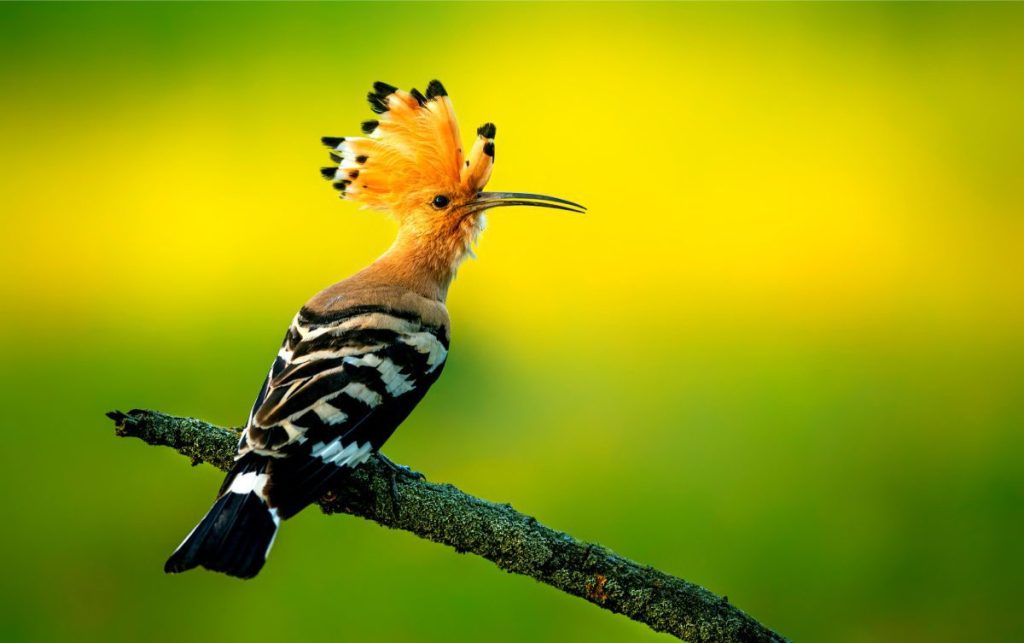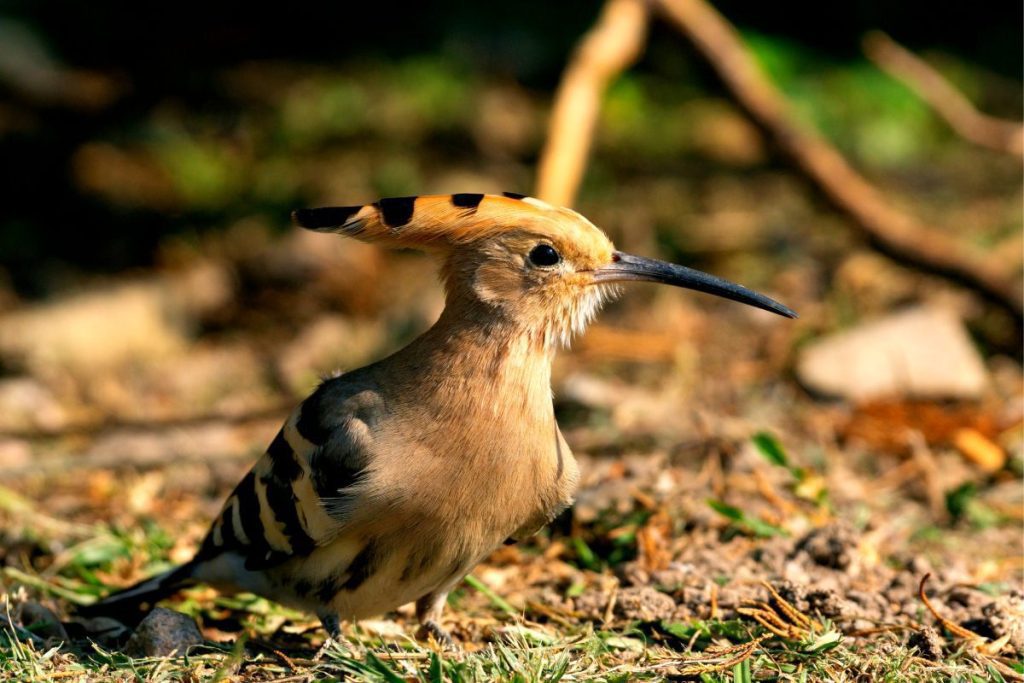The hoopoe was chosen as the national bird of Israel in May 2008 in conjunction with the country’s 60th anniversary; following a national survey of 155,000 citizens, outpolling the white-spectacled bulbul. The Hoopoe is widespread all over the globe. The hoopoe has two basic requirements of its habitat: bare or lightly vegetated ground on which to forage and vertical surfaces with cavities (such as trees; cliffs or even walls; nestboxes; haystacks, and abandoned burrows) in which to nest. These requirements can be provided in a wide range of ecosystems, and as a consequence; the hoopoe inhabits a wide range of habitats such as heathland; wooded steppes, savannas, and grasslands, as well as forest glades. On my Birdwatching Tours, you can see some in real life

HOOPOE IN HULA NATURE RESERVE
The Hoopoe:Diet and feeding
The diet of the hoopoe is mostly composed of insects; although small reptiles; frogs, and plant matter such as seeds and berries are sometimes taken as well. It is a solitary forager that typically feeds on the ground. More rarely they will feed in the air, where their strong and rounded wings make them fast and maneuverable; in pursuit of numerous swarming insects.
More commonly their foraging style is to stride over relatively open ground and periodically pause to probe the ground with the full length of their bill. Insect larvae, pupae, and mole crickets are detected by the bill and either extracted or dugout with strong feet. Hoopoes will also feed on insects on the surface, probe into piles of leaves, and even use the bill to lever large stones and flake off the bark. Common diet items include crickets, locusts, beetles, earwigs, cicadas, ant lions, bugs, and ants.

HOOPOE SPOTTED IN CAESAREA NATIONAL PARK
Hoopoe: Thier Breeding
The Hoopoe is monogamous, although the pair bond apparently only lasts for a single season. They are also territorial. The male calls frequently to advertise his ownership of the territory. Chases and fights between rival males (and sometimes females) are common and can be brutal. Birds will try to stab rivals with their bills, and individuals are occasionally blinded in fights. The nest is in a hole in a tree or wall and has a narrow entrance. It may be unlined, or various scraps may be collected.
The female hoopoe alone is responsible for incubating the eggs. Clutch size varies with location: Northern Hemisphere birds lay more eggs than those in the Southern Hemisphere, and birds at higher latitudes have larger clutches than those closer to the equator. In central and northern Europe and Asia, the clutch size is around 12, whereas it is around four in the tropics and seven in the subtropics. The eggs are round and milky blue when laid but quickly discolor in the increasingly dirty nest. They weigh 4.5 grams (0.16 oz). A replacement clutch is possible.

HOOPOE SPOTTED IN JERUSALEM
The Hoopoe has well-developed anti-predator defenses in the nest. The uropygial gland of the incubating and brooding female is quickly modified to produce a foul-smelling liquid, and the glands of nestlings do so as well. These secretions are rubbed into the plumage. The secretion, which smells like rotting meat, is thought to help deter predators, as well as deter parasites and possibly act as an antibacterial agent. The secretions stop soon before the young leave the nest. From the age of six days; nestlings can also direct streams of feces at intruders and will hiss at them in a snake-like fashion. The young also strike with their bill or with one wing.







